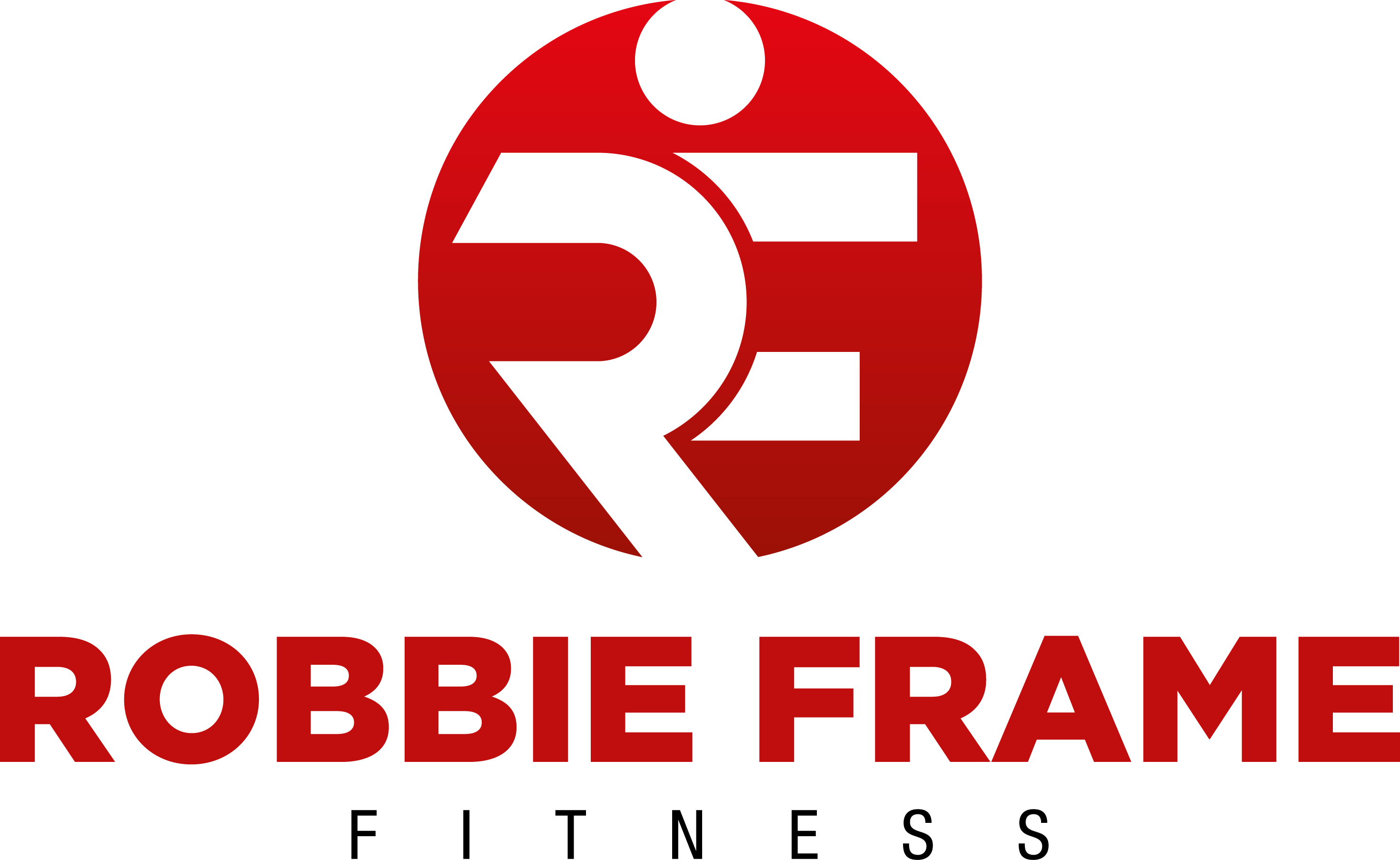BLOG - All Posts
Dietary Tracking Gauge
![]()
LEVEL 1
Level 1 could best be described as “Normal or daily habitual Eating”.
None of your food is tracked from a quantitative perspective using MyFitnessPal and a set of food scales but you are still eating mindfully. You eat when you’re hungry and you stop when you’re full. Whilst most of the tracking measures are switched off, you’re still conscious of food quality with an 80:20 split of minimally processed, nutrient-dense “clean” foods to atypical “junk” foods.
LEVEL 2
Level 2 could best be described as “Mindful Eating”
The only thing you actively and loosely track at this level is calories. You are aware of other factors that are of importance but you’re not actively tracking any of them. There is a fairly loose and flexible approach to your range allowance or tracking accuracy when it comes to hitting your targets and for the most part, this is a very sustainable approach and quite relaxed.
LEVEL 3
Level 3 could be best described as “Semi Tracking”
The factors being tracked here are calories and protein. Again, you would be quite aware of the other factors that come into play, but not actively tracking them. Level 3 provides you with the accountability to remain on track with your training goals whilst still affording you a degree of flexibility that means that you are not tied down to your diet. You are tracking your Calories and Protein target with Carbs and Fats making up the remaining calories but with no specific ratio provided. You have a much broader 250 calorie range buffer either side of your target calorie intake and the freedom to eat what you want and when you want.
However, you should still be conscious of food quality with an 80:20 split of minimally processed, nutrient-dense “clean” foods to atypical “junk” foods. Just because you have been afforded a greater degree of leniency with macro ranges and nutrient timing doesn’t mean that you should forego any consideration of food quality. For example, if a particular food that you eat provides stomach discomfort or digestive issues common sense would tell you that you would be better served eliminating that food from your diet.
Depending on the context of your situation, you can choose to approach a cut using a Level 3 compliance with a fair degree of success, or it can be used for a maintenance or gaining phase during the off season.
LEVEL 4
Level 4 is best described as “Normal Tracking”
At Level 4, all 3 macronutrients are to be tracked within a 10-15g range along with Fibre. At this point you should make the transition from an unplanned “track-as-you-go” approach to a more organised protocol that sees the majority of your meals being prepped, weighed and stored in advance to be eaten throughout the week. You can still eat out, but you must eat mindfully and select macro-friendly meals that fit within your budgeted daily macro targets. If in doubt you should err on the side of caution and be conservative with your estimation of portion sizes to ensure you remain on track.
At this stage you have free reign with your food sources provided they adhere to specific food quality ratio requirements with an 80:20 split of minimally processed, nutrient-dense “clean” foods to atypical “junk” foods.
Whilst it would be ideal to have consistency in terms of meal frequency and nutrient timing each day it’s not going to be the end of the world if there is variability here. Provided you are hitting your daily macro nutritional targets within a 10-15g range by the end of the day you should still be on track.
LEVEL 5
Level 5 is a stricter compliance of tracking ideally suited to a contest prep approach typically around 10 or so weeks out.
At this point you want to tighten up your tracking accuracy and be confident that you are controlling all the variables that could impact your body composition. All 3 macros are still tracked but now within a tighter 5-10g range. Your meals are prepped in advance and weighed down to the nearest gram with a set of digital food scales to ensure a greater degree of accuracy. Fiber is still tracked. You are allowed to eat out for 1-2 meals each week if you desire but for all intents and purpose you should be sticking to your prepared meals throughout the week. As your calorie intake drops in the lead up to competition you should be more selective with your food sources in terms of quality with a 90:10 clean to junk food ratio most appropriate.
If you haven’t done so already you will want to start structuring a meal plan that works in with your lifestyle and around your workouts with macros strategically partitioned and meals being consistently eaten at specific intervals throughout the day so that your body can grow accustomed to this routine. As you get leaner it will start to become clearer how your physique looks at the start of the day in a fasted state and how it appears after a full day of eating.
You should begin recording your daily water intake by keeping a water bottle on you at all times and drinking steadily throughout the day.
LEVEL 6
Level 6 is the strictest degree of tracking and adherence possible. This is typically relevant in the final stages of contest prep likely during “peak week”.
At this point in your prep you really need to tighten the screws and buckle down hard. As you dial into show day you will want to be in control of all the variables that could possibly influence your body’s appearance and remain as consistent as possible with your diet protocol. Flexibility and variability is out and rigidity and structure are in.
Tracking accuracy is absolutely paramount at Level 5. There is very little room for error at this point. You must hit within a small 5-10g of each macro target, which will necessitate having every single meal prepped in advance and weighed down to the nearest gram. You should continue tracking Fibre and remain as consistent as possible with your Fibre intake each day.
At this point you should also be tracking your Sodium intake as this will be manipulated in your Peak Week. If you have been adding spices, seasonings and condiments to your food it’s important that you are tracking these items as well.
At this stage you should minimize the amount of variety in your diet. This doesn’t mean eliminating foods for the sake of it but rather remaining consistent and only eating the foods that you have been familiar with throughout this prep. You really don’t want to be introducing any new foods into your diet from this point on in case you have an adverse reaction and digestive issues (bloating) from eating something foreign. You should be steady and consistent with water intake throughout the day and record the total number of litres drunk each day.
RECENT POSTS & TIPS
- Dietary Tracking Gauge
- Can You Eat Doughnuts & Lose Weight?
- Love Your Summer Beach Body
- How To Take Your Measurements?
- Is Fruit Juice Healthy or Unhealthy?
- WBFF Australia Comp - 3 Days Out
- WBFF Australia Comp - 4 Days Out
- WBFF Australia Comp - 5 Days Out
- WBFF Australia Comp - 6 Days Out
- WBFF Australia Comp - 9 Days Out



